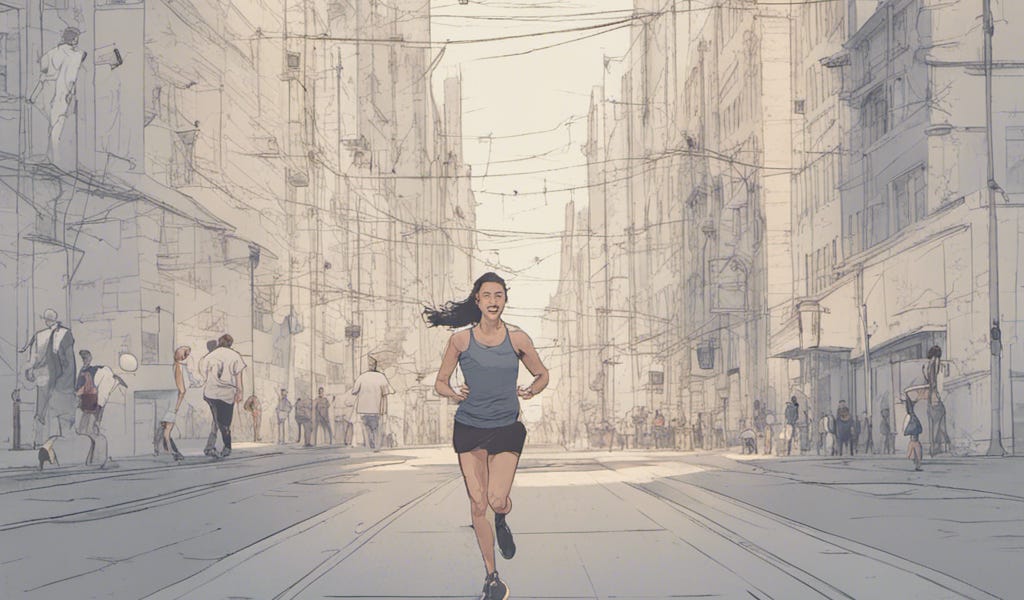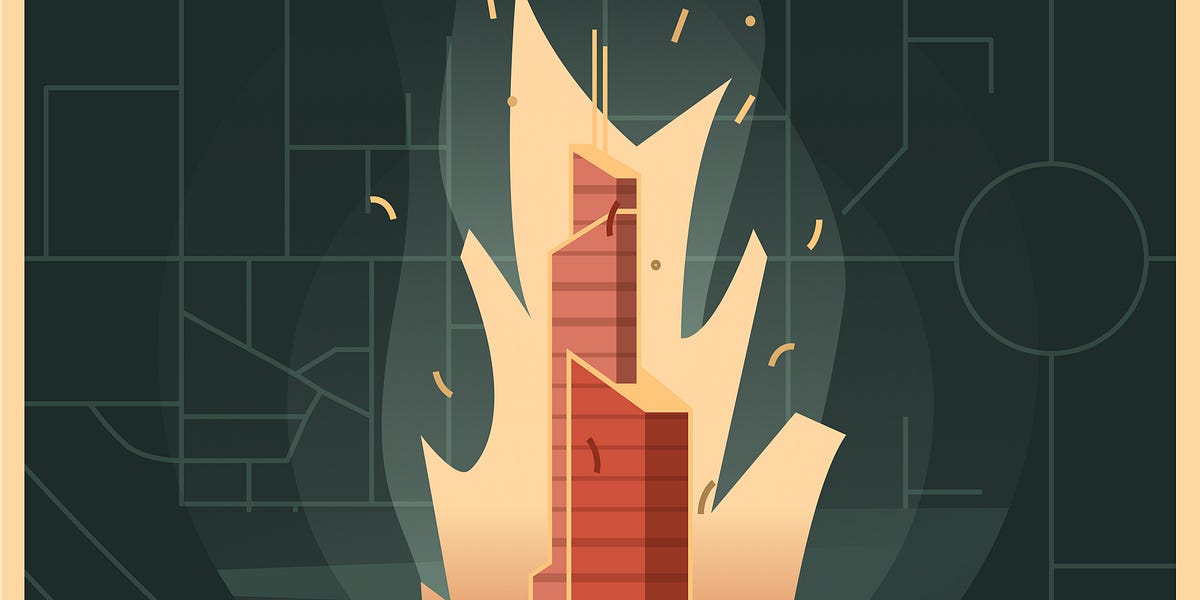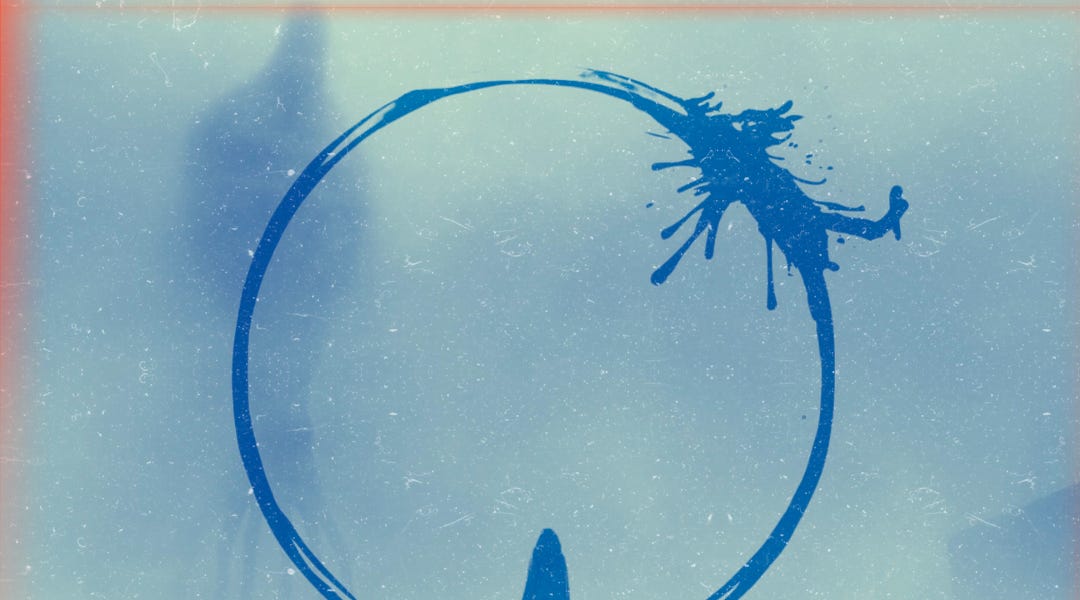weekly Go Flip Yourself
roundup links to share every week on k7v.in and flana.substack.com
weekly Go Flip Yourself
roundup links to share every week on k7v.in and flana.substack.com



it’s about practising mindful and healthy habits in the face of information overabundance.

We believe disposable stuff will just be a glitch in the long arc of consumerism. We're powering the new wave. We are “LE NEW CONSUMER”.
